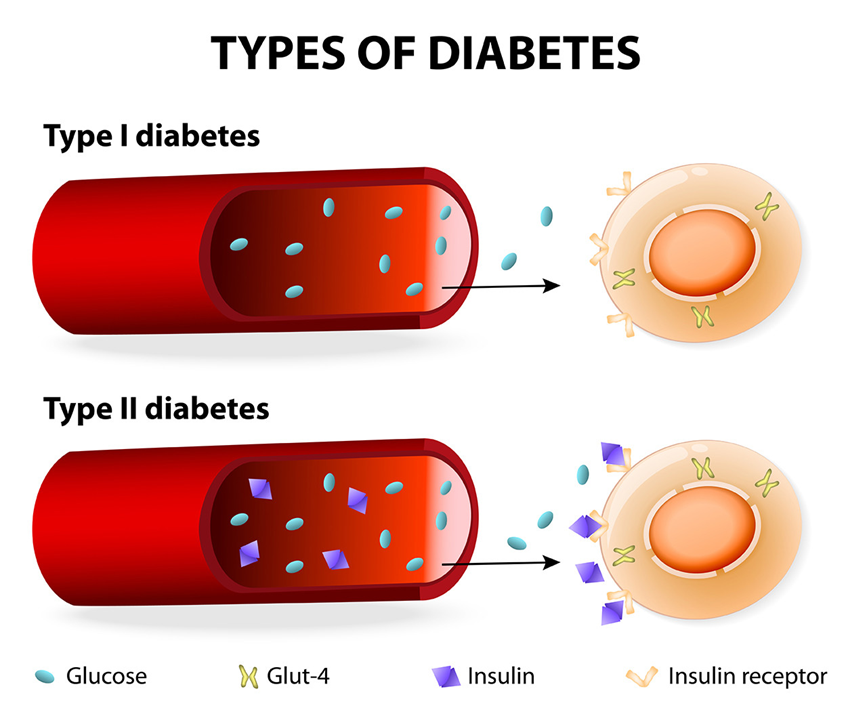Which of the following theories or models looks only at the internal factors that motivate a person to adopt healthier lifestyle habits?
Social Cognitive Theory
Ecological Model
Transtheoretical Theor
Health Belief Model
The Correct Answer is D
Choice A Reason:
The Social Cognitive Theory, developed by Albert Bandura, emphasizes the role of observational learning, social experiences, and reciprocal determinism in behavior change. It considers both internal factors (such as self-efficacy) and external factors (such as social influences and environmental conditions) in motivating behavior change. Therefore, it does not focus solely on internal factors.
Choice B Reason:
The Ecological Model, also known as the Social-Ecological Model, looks at multiple levels of influence on behavior, including individual, interpersonal, organizational, community, and public policy levels. This model highlights the interaction between individuals and their physical and sociocultural environments. It does not focus exclusively on internal factors but rather on a broad range of influences.
Choice C Reason:
The Transtheoretical Theory, also known as the Stages of Change Model, describes the process of intentional behavior change through five stages: precontemplation, contemplation, preparation, action, and maintenance. While it considers internal factors such as motivation and readiness to change, it also acknowledges the role of external factors and interventions in facilitating progress through these stages.
Choice D Reason:
The Health Belief Model focuses on individual perceptions and beliefs as the primary motivators for adopting healthier behaviors. It considers factors such as perceived susceptibility, perceived severity, perceived benefits, and perceived barriers. This model is centered on internal cognitive factors that influence a person's decision to engage in health-promoting behaviors, making it the correct answer for a model that looks only at internal factors.
Nursing Test Bank
Naxlex Comprehensive Predictor Exams
Related Questions
Correct Answer is C
Explanation
Choice A Reason:
The closure of the elementary school and the shift to remote learning is a significant change for the child and family. However, it does not directly impact the child's diabetes management. The nurse should be aware of this change as it may affect the child's routine and stress levels, but it is not the primary concern in managing diabetes.
Choice B Reason:
The lenient notice from the power company regarding back payment of debt is a relief for the family, but it does not directly affect the child's diabetes care. While financial stability is important, the immediate concern for the nurse is ensuring the child has access to necessary medical care and supplies.
Choice C Reason:
The family may not be able to see preferred providers due to increased health insurance costs. This is a critical issue because access to preferred healthcare providers is essential for managing the child's diabetes effectively. Consistent care from knowledgeable providers ensures proper monitoring, education, and adjustments to the child's treatment plan. Without access to these providers, the child's health could be compromised.
Choice D Reason:
Enrollment in the Supplemental Nutrition Assistance Program (SNAP) to receive extra food benefits is beneficial for the family's overall nutrition. However, it does not directly address the specific needs related to managing diabetes. While good nutrition is important, the primary concern is ensuring access to specialized medical care.

Correct Answer is D
Explanation
Choice A Reason:
The Tuskegee Syphilis Study does not provide guidelines for the recruitment of Black and African-American research participants. Instead, it is a historical example of unethical research practices that led to significant harm and mistrust within the Black community. The study involved misleading and withholding treatment from Black men with syphilis, which has had long-lasting effects on their willingness to participate in research.
Choice B Reason:
The Tuskegee Syphilis Study did not demonstrate a correlation between coronary artery disease and syphilis. The study was focused solely on the natural progression of untreated syphilis in Black men. It did not investigate or establish any links to coronary artery disease. This choice is incorrect as it misrepresents the purpose and findings of the study.
Choice C Reason:
The Tuskegee Syphilis Study did not exclude Black men; in fact, it specifically targeted Black men for participation. The study involved 600 Black men, 399 of whom had syphilis and 201 who did not. The men were misled about the nature of the study and were not provided with adequate treatment, even after penicillin became the standard treatment for syphilis. This choice is incorrect as it inaccurately describes the study's participant selection.
Choice D Reason:
The Tuskegee Syphilis Study is indeed a source of distrust and a barrier to Black clients participating in research studies. The unethical treatment of the participants, including the lack of informed consent and the withholding of effective treatment, has led to a deep-seated mistrust of medical research within the Black community. This mistrust can make it challenging to recruit Black participants for research studies, as they may fear similar exploitation and harm.
Whether you are a student looking to ace your exams or a practicing nurse seeking to enhance your expertise , our nursing education contents will empower you with the confidence and competence to make a difference in the lives of patients and become a respected leader in the healthcare field.
Visit Naxlex, invest in your future and unlock endless possibilities with our unparalleled nursing education contents today
Report Wrong Answer on the Current Question
Do you disagree with the answer? If yes, what is your expected answer? Explain.
Kindly be descriptive with the issue you are facing.
